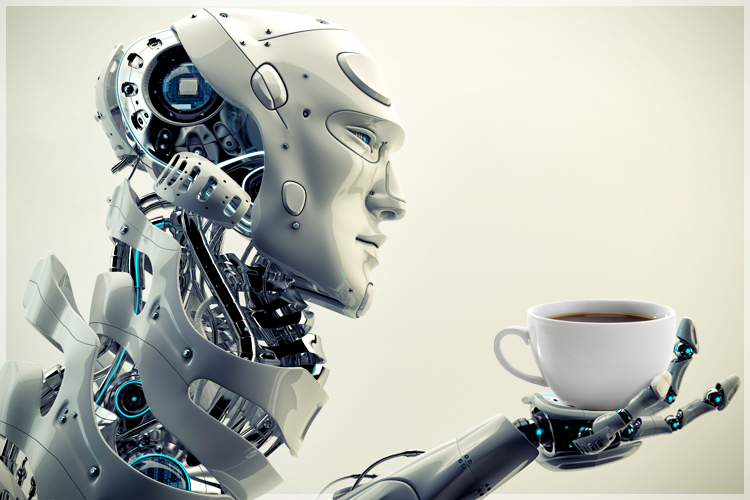The Internet of Things (IoT). I’m quite sure everyone has heard about this phenomenon at least once, as it has become a growing topic of conversation for the past few years. It is simply defined as ‘the concept of basically connecting any device with an on and off switch to the Internet (and/or to each other)’ (Morgan, 2014). Clear right? Well, let’s be honest. Not exactly. Though the topic is often mentioned when it comes to digital trends, its impact on our day-to-day activities remains quite vague for most people. What is in fact the actual value behind the hype and will it really be as life-changing as people say it will be? Let’s zoom in on the various possibilities that the Internet of Things offers and its future development in order to answer this.
According to a study by McKinsey (2015), the IoT could potentially have an economic impact of $4 to $11 trillion dollars a year in 2025. One of the most promising features of the IoT is the functionality it will bring to our homes, dubbed as ‘Smart Homes’. Imagine being woken up by your alarm clock at 7 AM and have that same alarm clock send off a signal to your coffee machine to prepare your favourite cup of coffee. Or say that you haven’t reached home yet, but can already switch on the air-conditioning or switch off devices when you already left home. Smart homes products are expected to save people time, money and energy (Kashyap, 2016). Another promising application of the IoT is ‘Smart city’ where the use of sensors will help solve issues such as pollution, energy usage and traffic congestion in cities. Also, by having sensors, it will be possible for people to easily find available parking spots across town. Besides these features there are a ton more of opportunities that derive from IoT for example connected cars and advancements in agriculture.
So, the potential is huge right? With big players like Microsoft and Ge jumping on the bandwagon recently, it’s clear that the actual value of the phenomenon is ready to be seized. However, there are things that need to be addressed when doing this with security being one of the most important ones. Just think of the amount of data and privacy risks that are related to billions of devices being connected. Also, the tools that are used to store and analyse the data need to be re-assessed, as companies will be dealing with tremendous data amounts (Morgan, 2014).
Just thinking about the possibilities that IoT will offer us, makes me incredibly excited for the future. How do you guys feel about this hype? Do you think it will live up to its potential? Share your thoughts!
References:
Kashyap, S. (2016). 10 real-world applications of internet of things (IoT) – explained in videos. Retrieved from: https://www.analyticsvidhya.com/blog/2016/08/10-youtube-videos-explaining-the-real-world-applications-of-internet-of-things-iot/
Morgan, J. (2014). A simple explanation of ‘The internet of things’. Retrieved from https://www.forbes.com/sites/jacobmorgan/2014/05/13/simple-explanation-internet-things-that-anyone-can-understand/#6ec772c51d09
McKinsey (2015). Unlocking the potential of the internet of things. Retrieved from
https://www.mckinsey.com/business-functions/digital-mckinsey/our-insights/the-internet-of-things-the-value-of-digitizing-the-physical-world



